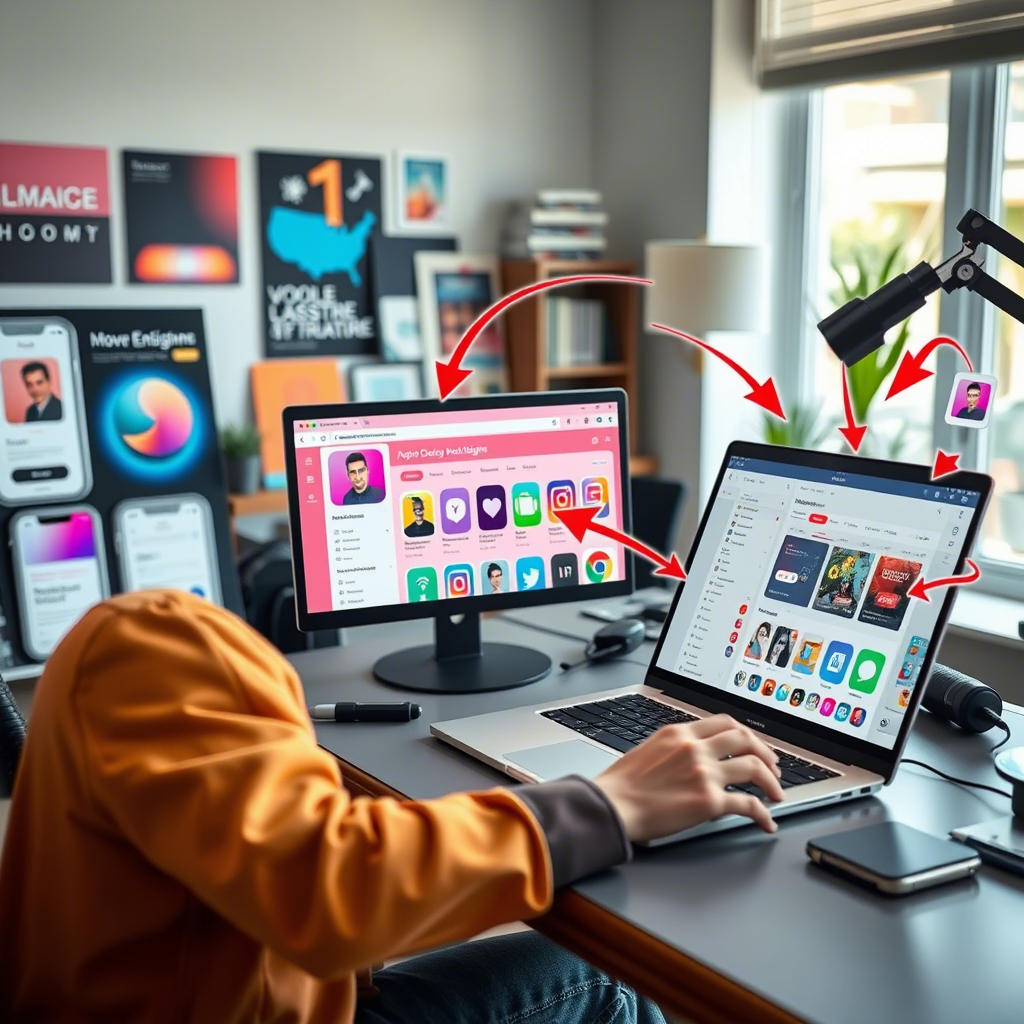The e-commerce market in India is booming, with millions of users shopping online daily. However, with this growth comes increased competition, making it essential for businesses to differentiate themselves through exceptional user experience (UX) and user interface (UI) design. A well-designed e-commerce website can significantly impact customer satisfaction, retention, and conversion rates. In this article, we will explore the best UX/UI design practices for Indian e-commerce websites, focusing on optimizing for the Indian audience, integrating effective UI/UX design principles, and leveraging Woocommerce development services to create seamless shopping experiences.
Understanding the Indian E-commerce Audience
Before diving into specific design practices, it’s crucial to understand the unique characteristics of the Indian e-commerce audience. India is a diverse country with varying levels of internet access, language preferences, and shopping habits. Therefore, your website design should cater to this diversity while keeping in mind the following factors:
- Mobile-First Approach:
- India has a massive mobile user base, with the majority of online shoppers accessing e-commerce sites through their smartphones. A mobile-first design ensures that your website is optimized for smaller screens, offering a smooth and responsive experience across all devices.
- Regional Language Support:
- India is a multilingual country, and offering regional language support can significantly enhance the user experience. Implementing language localization in your UI/UX design can make your website more accessible to non-English speaking users.
- Simplified Navigation:
- Many Indian users may be new to online shopping, so it’s essential to create a simple, intuitive navigation system. Ensure that users can easily find products, categories, and essential features like search bars, filters, and cart options.
Best UX/UI Design Practices
- Intuitive User Interface (UI) Design
The UI design of an e-commerce website is the first point of interaction between the user and the platform. A well-crafted UI can guide users through the shopping journey effortlessly. Here are some best practices for UI design:
- Consistent Design Language:
- Consistency in design elements like colors, fonts, and button styles creates a cohesive look and feel. This consistency helps users navigate the site without confusion and builds brand recognition.
- Clear Call-to-Actions (CTAs):
- CTAs should be prominently displayed and easily recognizable. Use action-oriented language like “Buy Now,” “Add to Cart,” or “Sign Up.” Ensure that the CTAs stand out by using contrasting colors and placing them strategically on the page.
- Minimalistic Design:
- Avoid cluttering the interface with too many elements. A minimalistic design with ample white space improves readability and allows users to focus on essential tasks. This approach is particularly effective for mobile interfaces, where screen space is limited.
- Enhanced User Experience (UX) Design
UX design focuses on creating a smooth and enjoyable shopping experience for users. A positive user experience can lead to higher conversion rates and customer loyalty. Consider the following UX design practices:
- Fast Loading Times:
- Speed is critical in e-commerce. Ensure that your website loads quickly, especially on mobile devices. Compress images, optimize code, and use content delivery networks (CDNs) to improve loading times. A fast website reduces bounce rates and keeps users engaged.
- Personalization:
- Personalization can enhance the shopping experience by displaying relevant products, offers, and recommendations based on user behavior. Use data analytics and AI-powered tools to deliver personalized experiences that cater to individual preferences.
- Streamlined Checkout Process:
- A complicated checkout process can lead to cart abandonment. Simplify the checkout process by reducing the number of steps, offering multiple payment options, and enabling guest checkout. Additionally, ensure that users can easily modify their cart and view the total cost before making a purchase.
- Trust Signals:
- Building trust is crucial in the Indian e-commerce market. Display trust signals like secure payment icons, customer reviews, and return policies prominently on your website. These elements reassure users that their transactions are safe and that they can shop with confidence.
- Leveraging Woocommerce Development Services
Woocommerce is a popular e-commerce platform that offers flexibility and scalability for online stores. By leveraging Woocommerce development services, you can create a tailored shopping experience that meets the needs of your Indian audience. Here’s how:
- Customizable Themes:
- Woocommerce offers a wide range of customizable themes that can be adapted to suit your brand’s identity and target audience. Choose themes that are responsive, user-friendly, and optimized for performance.
- Seamless Integration:
- Woocommerce allows for seamless integration with various third-party tools and plugins. Integrate payment gateways, analytics tools, and marketing platforms to enhance functionality and provide a better user experience.
- Scalable Solutions:
- As your business grows, Woocommerce can scale to accommodate increased traffic and inventory. Whether you’re a small startup or a large enterprise, Woocommerce development services can provide the scalability needed to support your growth.
Conclusion
In the competitive landscape of Indian e-commerce, a well-designed website is a powerful tool for attracting and retaining customers. By implementing the best UX/UI design practices, you can create an online shopping experience that is intuitive, personalized, and trustworthy. Additionally, leveraging Woocommerce development services can help you build a flexible and scalable e-commerce platform that meets the needs of your diverse audience.
As you work on your e-commerce website design, keep in mind the unique characteristics of the Indian market and prioritize the user experience. By doing so, you’ll not only enhance customer satisfaction but also drive higher conversion rates and long-term success for your business.
Check Also: 5 Worst UX Mistakes Limiting Your Growth




